The history of the art of tapestry weaving
Tapestry weaving is a rich and intricate art form that has captivated civilizations for centuries. This craft involves interweaving colored threads to create beautiful, detailed images and patterns.
Unlike other textile arts, tapestries are woven on a loom, which allows for a unique interplay of color and texture. It’s fascinating how these woven artworks have been used to tell stories, celebrate culture, and even document historical events across various societies.
Ancient Roots: Tracing Tapestry Weaving Back to Its Origins
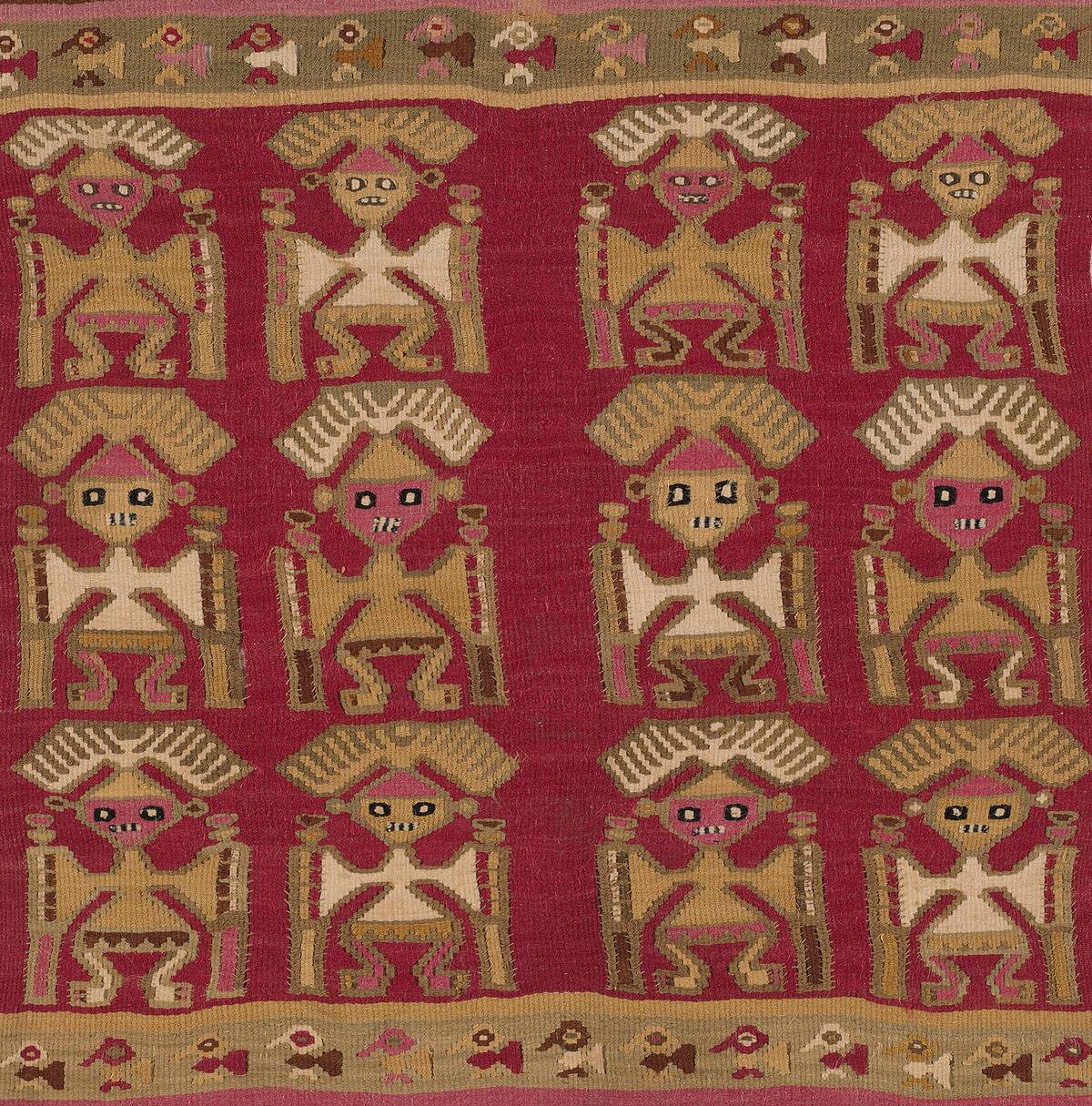
The origins of tapestry weaving date back to ancient times, with some of the earliest examples found in Egypt and Peru. These ancient tapestries were often created from wool and linen, showcasing the skill and artistry of early weavers.
The techniques used in these early works laid the foundation for the diverse tapestry traditions that followed. From wall hangings to ceremonial cloths, tapestries played a vital role in the cultural and spiritual life of these ancient societies.
The Loom: The Heart of Tapestry Weaving
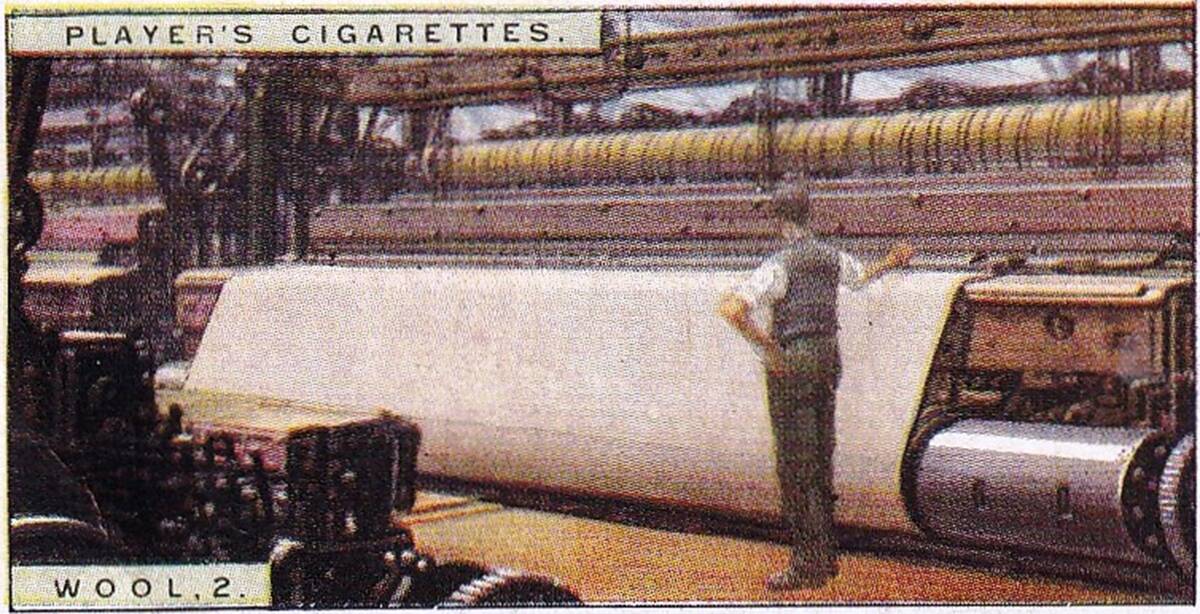
At the heart of tapestry weaving lies the loom, an essential tool that has evolved significantly over the centuries. The basic structure of a loom involves a frame that holds the warp threads in place, allowing weavers to interlace the weft threads to create intricate designs.
Modern looms have become more sophisticated, incorporating new materials and technologies, but the fundamental principles remain unchanged. This blend of tradition and innovation is what keeps the art of tapestry weaving alive today.
From Egypt to Mesopotamia: The Early Masters of the Craft
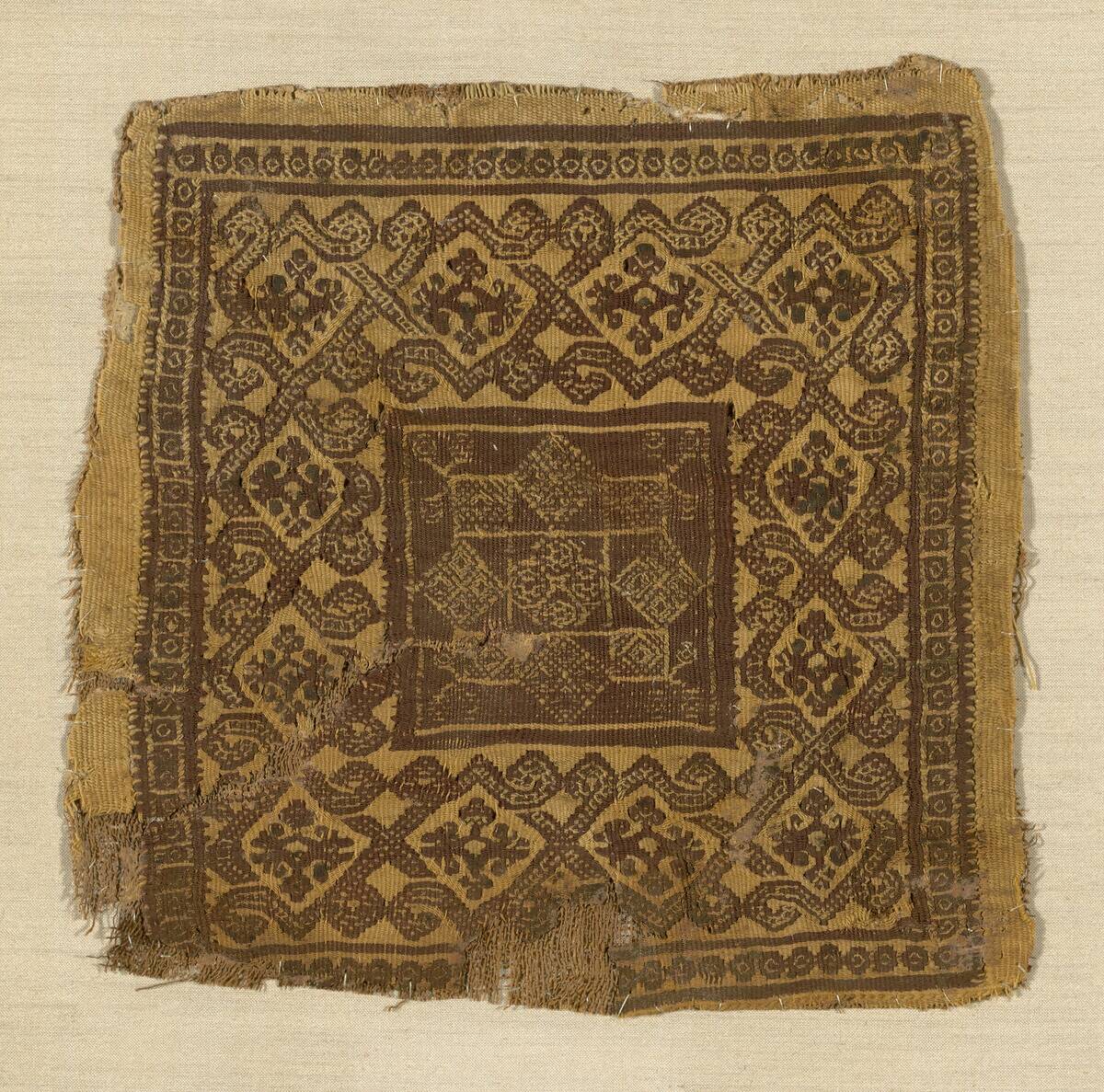
The ancient civilization of Egypt was among the first to elevate tapestry weaving to an art form, while other early cultures such as Mesopotamia developed rich textile traditions that influenced later weaving techniques. Egyptian tapestries often depicted religious and mythological themes, using vibrant colors and intricate patterns.
In Mesopotamia, tapestries served both decorative and functional purposes, adorning palaces and temples. The exchange of ideas and techniques along trade routes helped spread tapestry weaving throughout the ancient world, influencing the development of this craft in diverse cultures.
The Middle Ages: Tapestry Weaving in Medieval Europe
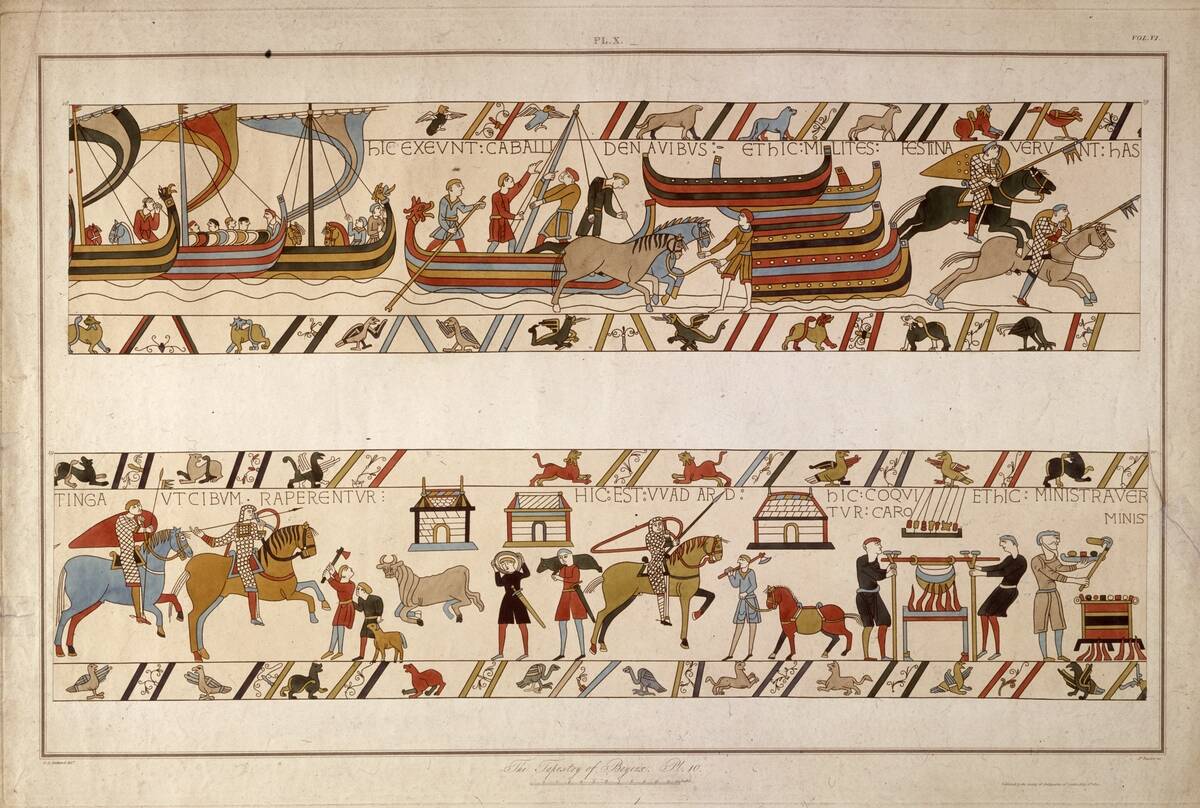
During the Middle Ages, tapestry weaving flourished in Europe, becoming a highly sought-after art form among the nobility. Tapestries from this period often depicted religious scenes, historical events, and legends, serving as both decoration and storytelling devices.
The famous Bayeux Tapestry, for example, chronicles the events leading up to the Norman conquest of England. The craftsmanship and detail in these medieval tapestries reflect the skill and dedication of their creators, who were often part of guilds.
The Renaissance Revival: A Flourishing of Art and Craft

The Renaissance period marked a revival of interest in the arts, and tapestry weaving was no exception. Artists like Raphael directly influenced the design of tapestries, bringing a new level of artistic sophistication to the craft.
The use of perspective and realism became more pronounced in Renaissance tapestries, which often depicted elaborate scenes from classical mythology or biblical stories. This era saw a flourishing of workshops across Europe, particularly in Italy and France.
The Baroque Period: Tapestry as a Status Symbol
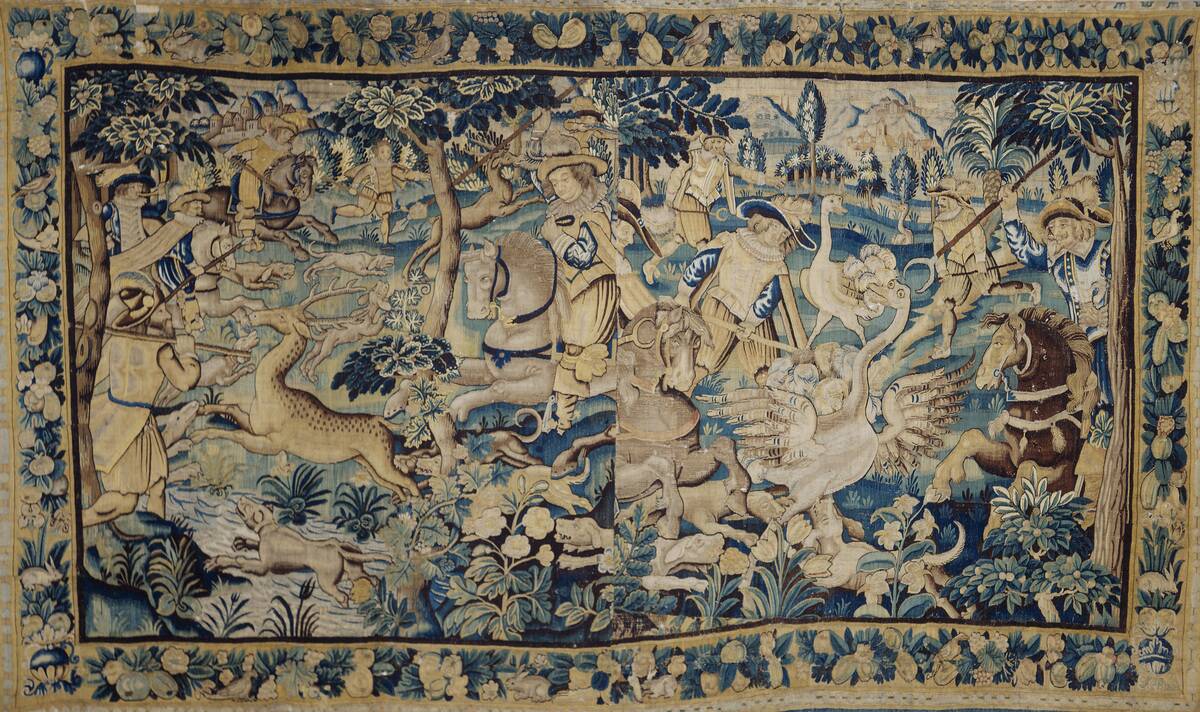
In the Baroque period, tapestries became a symbol of wealth and power, adorning the walls of palaces and grand estates. The intricate designs and luxurious materials used in Baroque tapestries made them highly prized possessions.
Many of these works were commissioned by royalty and the elite, featuring grandiose themes and dramatic compositions. The opulence of Baroque tapestries reflects the broader artistic trends of the time, emphasizing grandeur and emotion.
The Influence of Eastern Tapestry Traditions

Eastern tapestry traditions have also played a significant role in the development of this art form. Chinese and Persian tapestries are renowned for their intricate patterns and vibrant colors, often featuring motifs of nature and mythology.
The influence of Eastern designs can be seen in the incorporation of floral patterns and exotic themes in Western tapestries. This cross-cultural exchange enriched the tapestry tradition, leading to a more diverse and global appreciation of the craft.
The Industrial Revolution: Mechanization Meets Craftsmanship
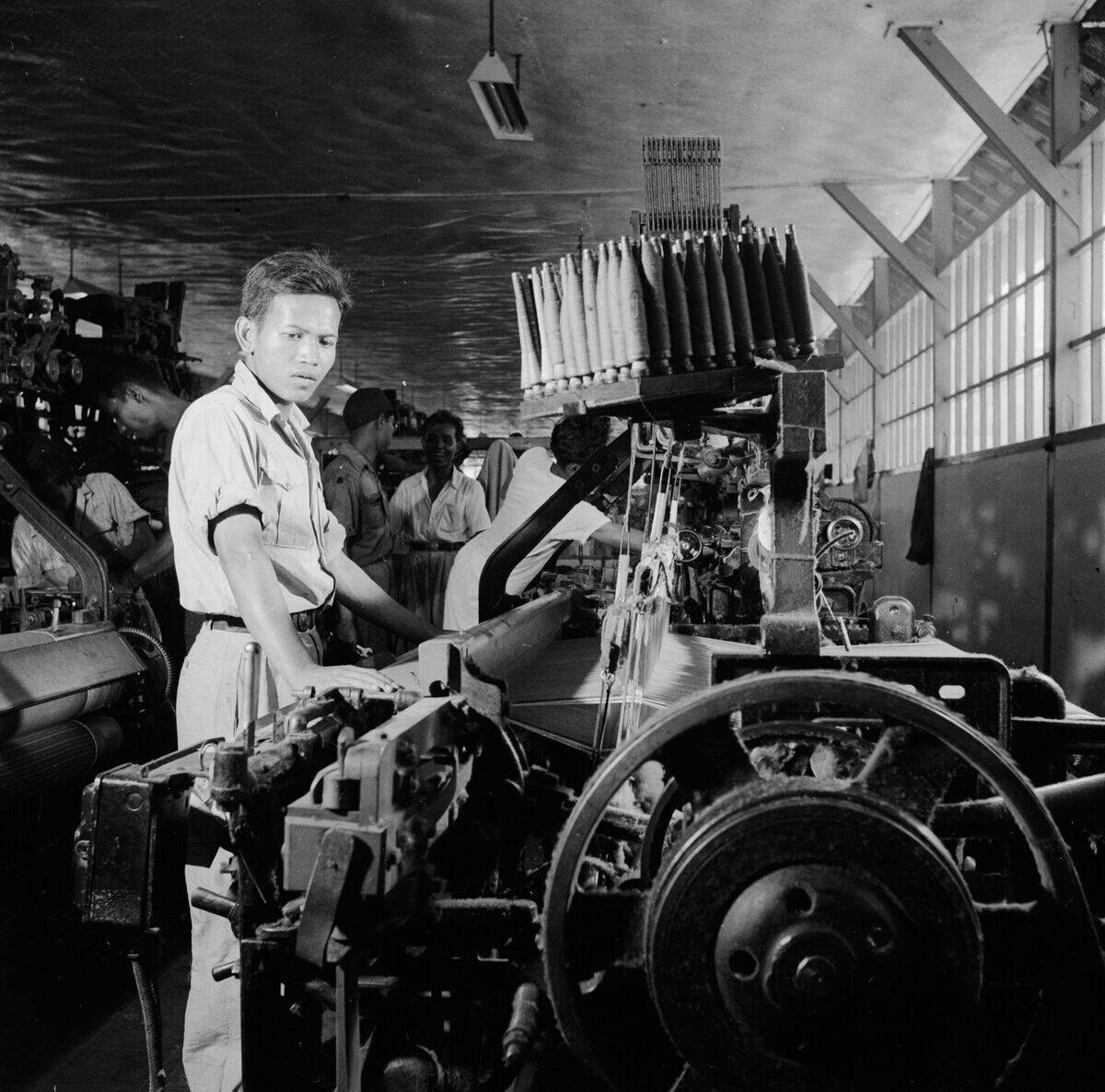
The Industrial Revolution brought significant changes to the world of tapestry weaving with the advent of mechanization. Power looms enabled the mass production of textiles, making tapestries more accessible to the middle class.
However, this shift also led to a decline in the traditional craftsmanship associated with tapestry weaving. Despite these challenges, many artisans continued to value the handwoven techniques, ensuring that the artistry and skill of tapestry making were preserved for future generations.
The Gobelins Manufactory: France’s Tapestry Legacy
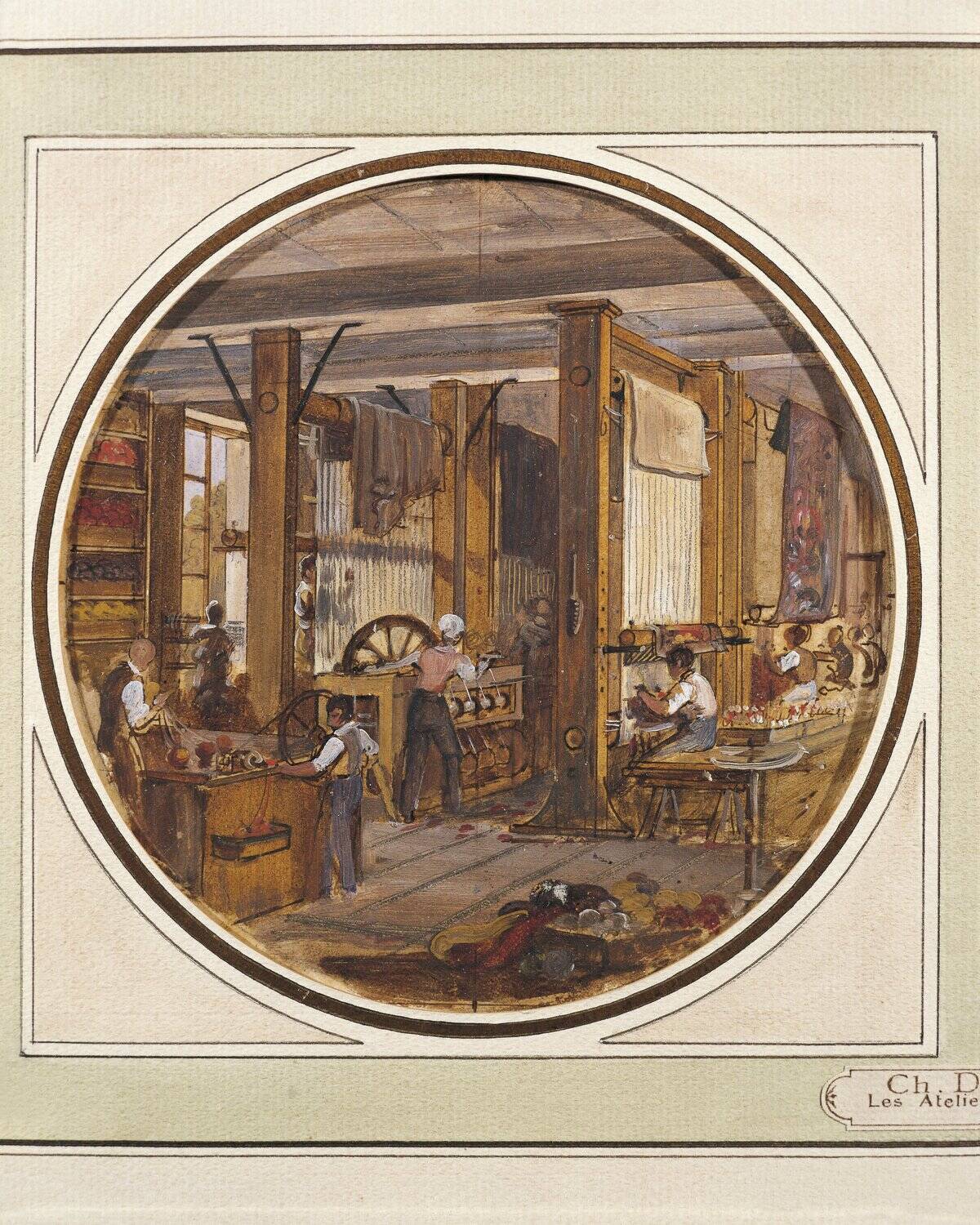
The Gobelins Manufactory in France is one of the most famous tapestry workshops in the world, known for its exquisite craftsmanship and artistic innovation. Founded in the 17th century, this institution has produced some of the most celebrated tapestries in history.
The Gobelins’ weavers have collaborated with renowned artists, including Charles Le Brun, to create tapestries that adorn royal palaces and museums. The legacy of the Gobelins continues to influence tapestry artists worldwide.
Tapestry Weaving in the 20th Century: Modernism and Change
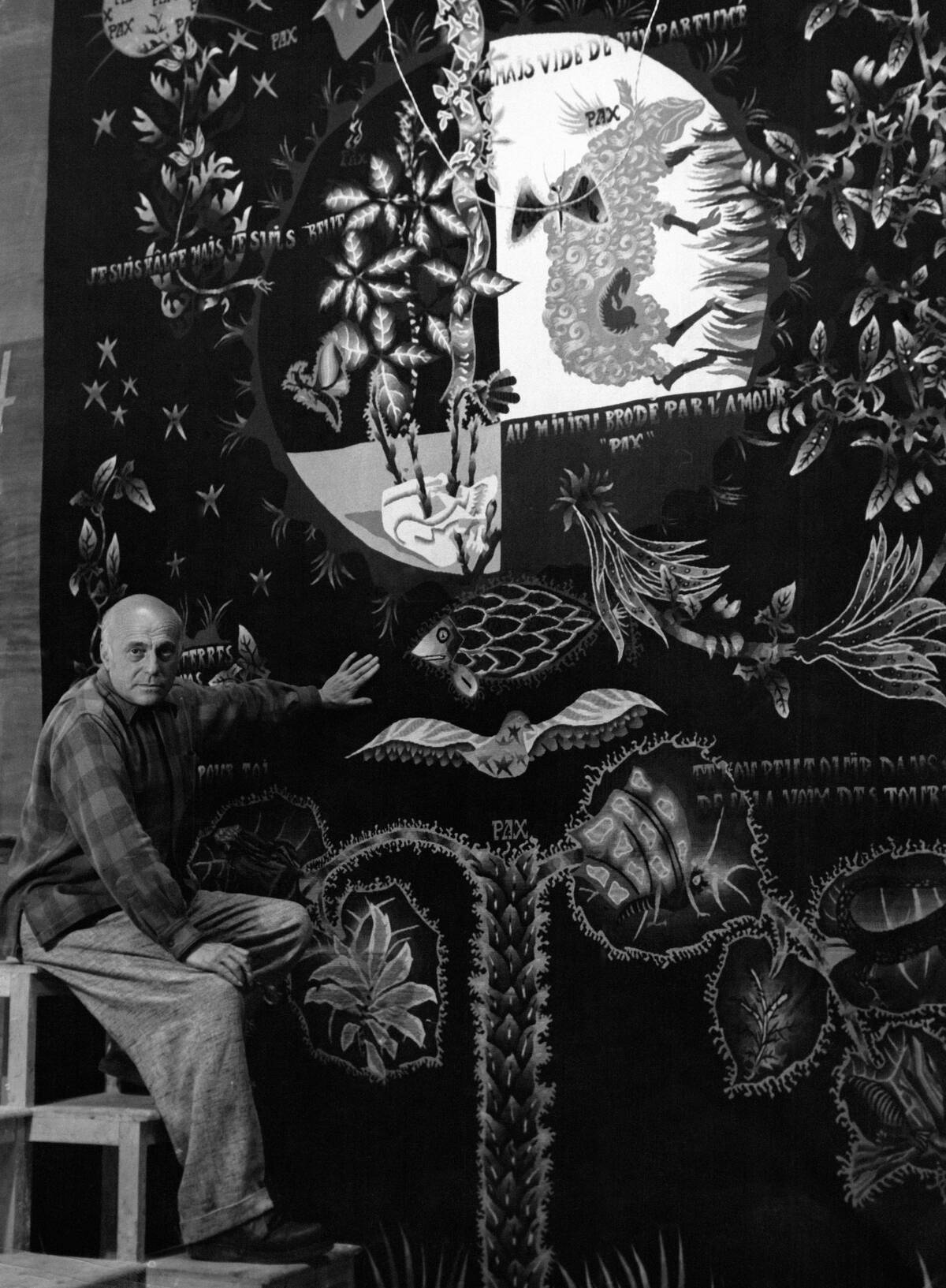
The 20th century saw significant changes in tapestry weaving, as artists began to experiment with new materials and styles. The modernist movement embraced abstraction and bold colors, leading to a departure from traditional narrative themes.
Artists like Jean Lurçat played a pivotal role in redefining tapestry as a contemporary art form. These innovations expanded the possibilities of tapestry, allowing for greater creative expression and the exploration of new artistic concepts.
The Role of Tapestry in Storytelling and Mythology

Tapestries have long served as a medium for storytelling, weaving tales of mythology, history, and legend. These woven narratives offer a unique form of visual storytelling, capturing the imagination of audiences with their rich detail and vibrant imagery.
The Unicorn Tapestries, for instance, are renowned for their depiction of the hunt for a mystical creature, combining allegory and symbolism. Tapestries continue to captivate viewers, conveying stories that transcend time and culture.
Key Figures in Tapestry Weaving: Artists and Innovators
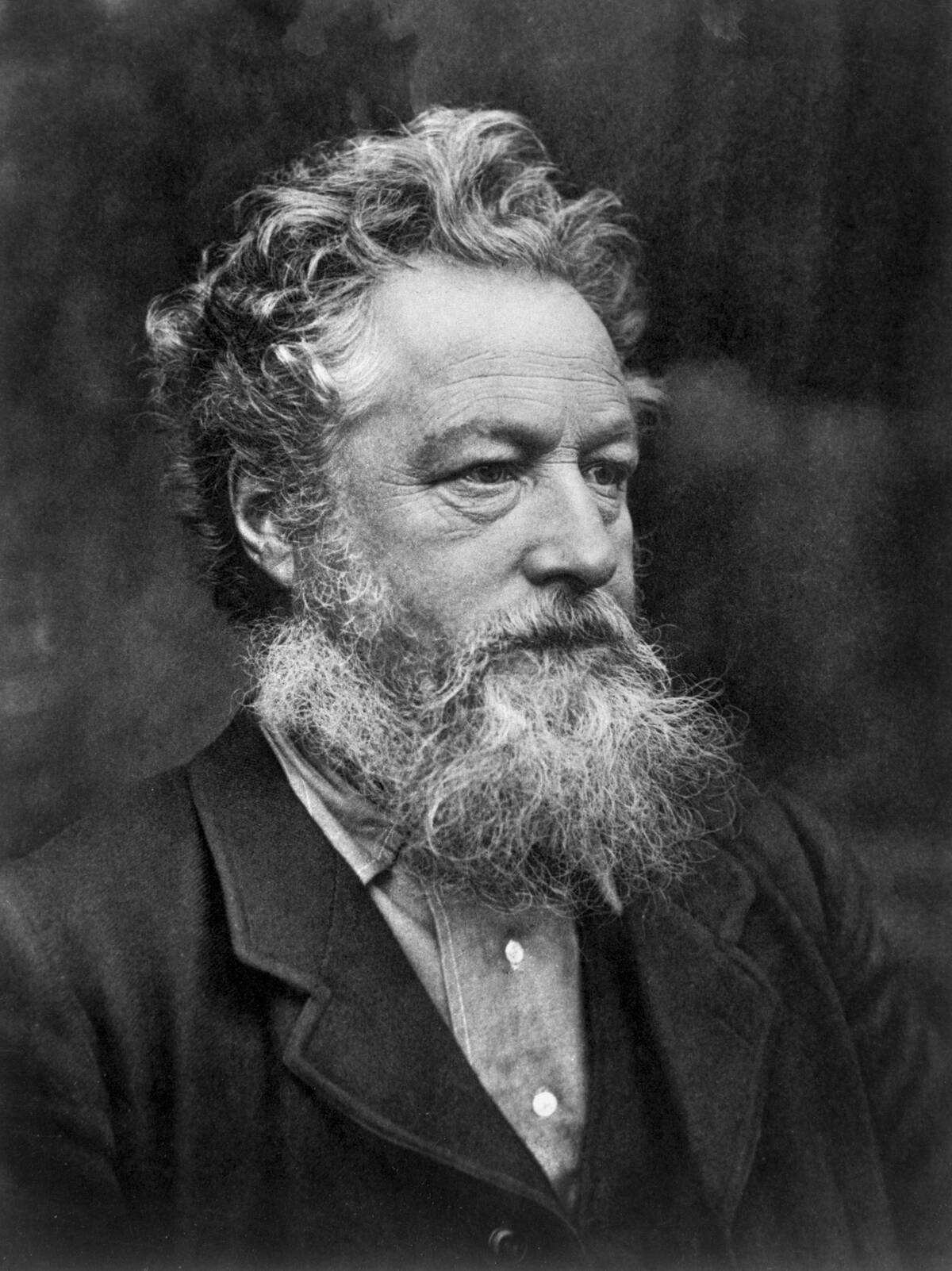
Throughout history, numerous artists and innovators have left their mark on the world of tapestry weaving. One such figure is William Morris, whose Arts and Crafts movement emphasized the beauty of handcrafted textiles.
Another notable innovator is Anni Albers, who explored the intersection of art and design through her experimental approach to weaving. These individuals, among others, have pushed the boundaries of tapestry, inspiring generations of artists to explore new possibilities in the craft.
The Intersection of Fashion and Tapestry
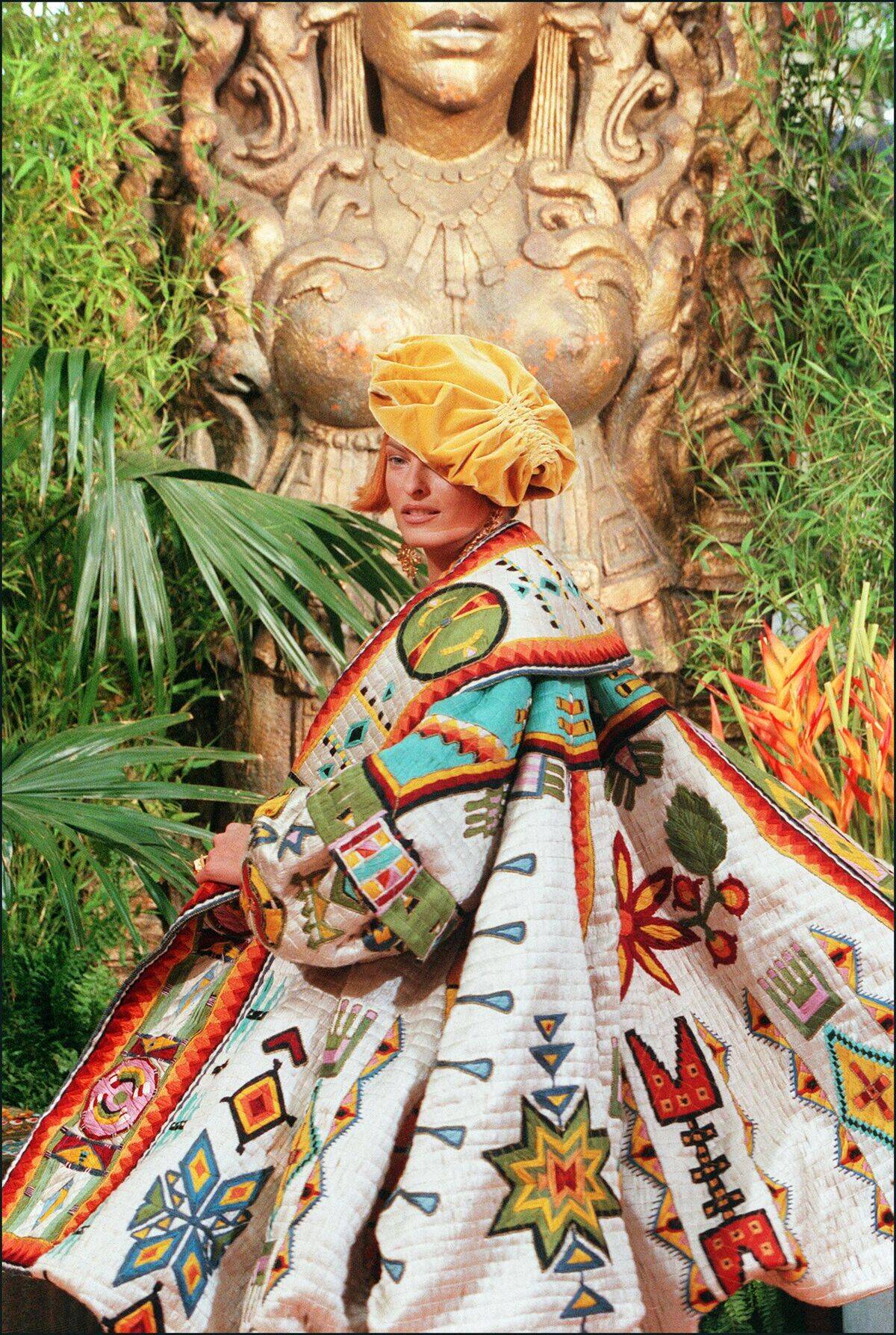
The relationship between fashion and tapestry has evolved over time, with designers incorporating tapestry techniques into their collections. Brands like Dior and Dolce & Gabbana have drawn inspiration from tapestry patterns, creating garments that blend traditional craftsmanship with contemporary style.
This fusion of fashion and tapestry highlights the versatility of the medium, showcasing its potential to transcend its traditional role as a decorative art and enter the realm of wearable art.
Contemporary Tapestry: Techniques and Innovations
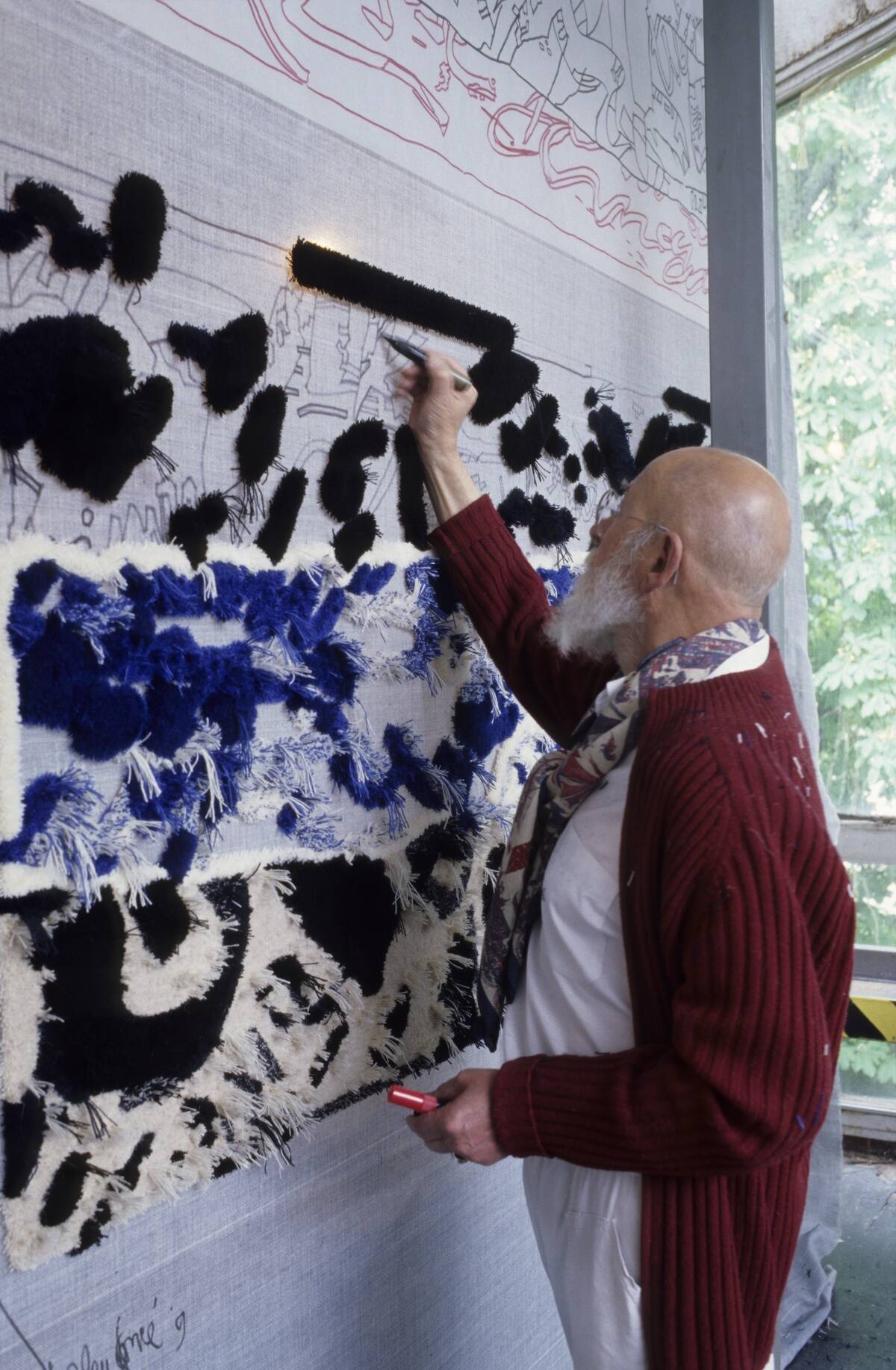
Contemporary tapestry artists are continually experimenting with new techniques and materials, pushing the boundaries of the medium. Some artists incorporate mixed media, combining traditional yarns with unconventional materials like metal and plastic.
Others explore digital technology, using computer programs to design complex patterns and compositions. These innovations reflect the dynamic nature of tapestry weaving, as artists blend past traditions with modern methods to create works that resonate with today’s audiences.



